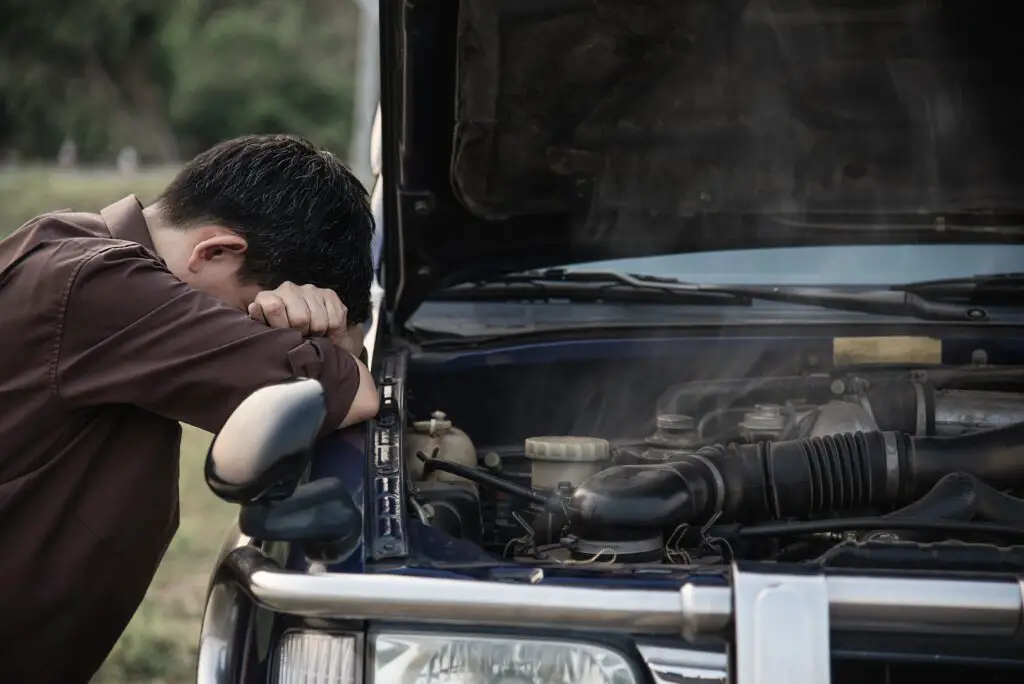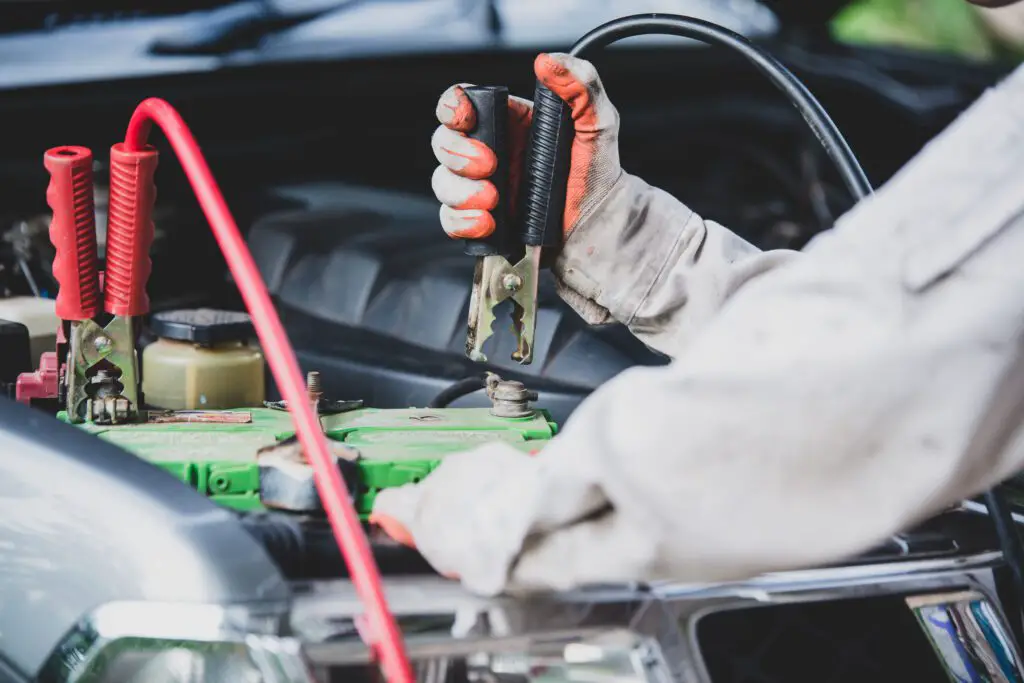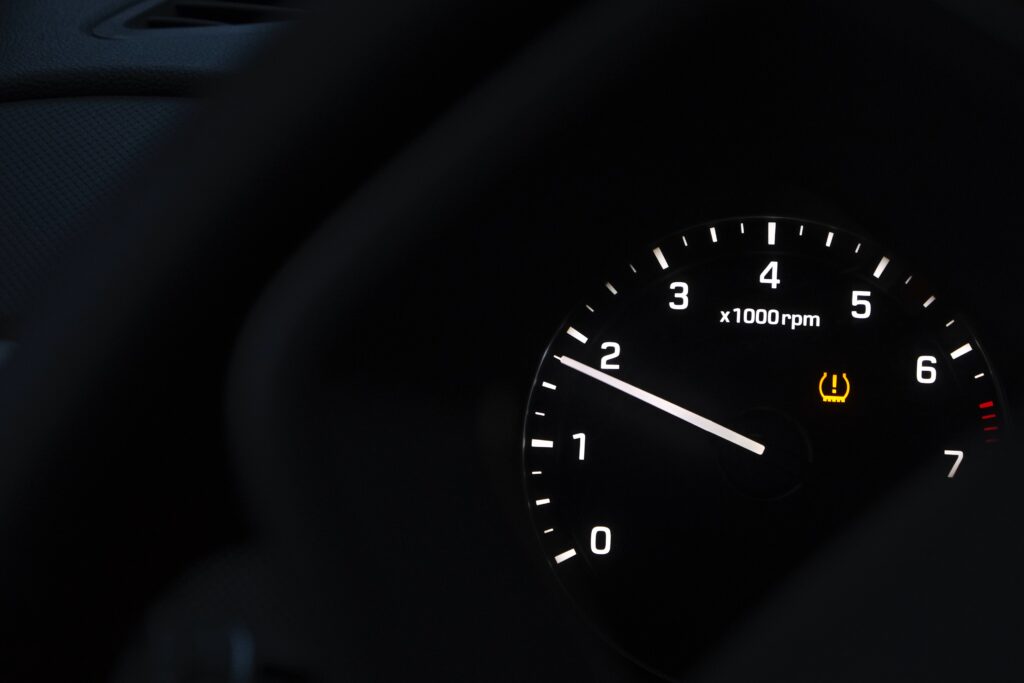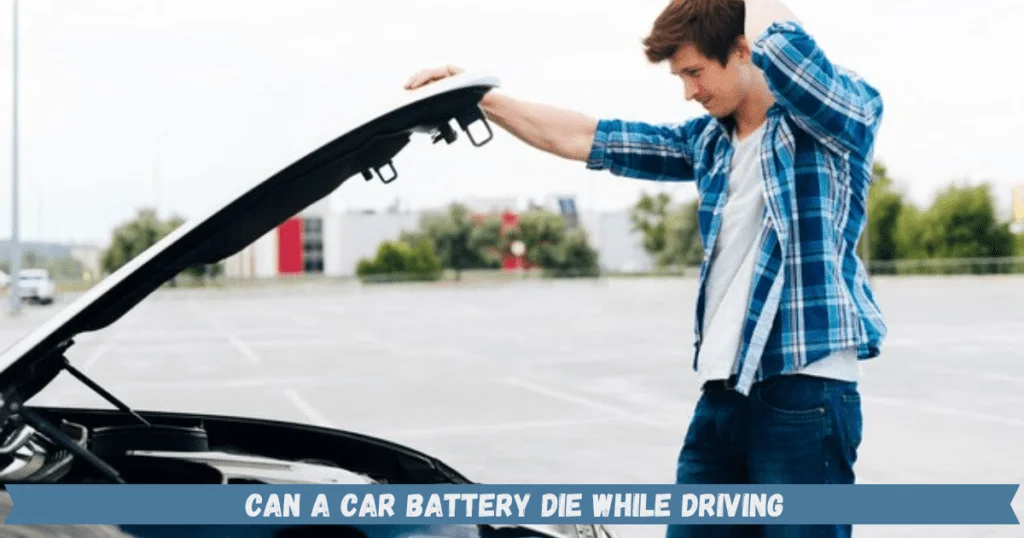A dead car battery can leave you stranded and unable to move your automatic transmission vehicle. But with some handy tips, you can shift the car into neutral and push it to safety. This comprehensive guide covers fail-safe techniques to move both old and new automatic cars with battery issues.
Overview of Moving an Automatic Car With No Battery Power
- Check if you can shift gears with the ignition key
- Locate and press the shift lock override button
- Use a portable jump starter pack if available
- Push the car to a safe spot if conditions permit
- Call for professional roadside assistance if needed
1. Try Turning Ignition Key With Brake Pedal Pressed
- Some automatic cars allow shifting out of the park with zero battery power *
How to Move an Automatic Car With Dead Battery? Surprisingly, a completely dead battery may not prevent you from taking an automatic transmission out of the park in some cars.
Models like the Ford Focus, Honda Civic, Toyota Camry, etc. are designed to shift with the battery removed or fully discharged.
Here is what you can try with the ignition key:
- Insert the key and turn to the first position without starting the engine
- Firmly press and hold down the brake pedal
- Move the shift lever to neutral while holding the brake pedal
- Gearbox mechanisms will slide to the neutral position
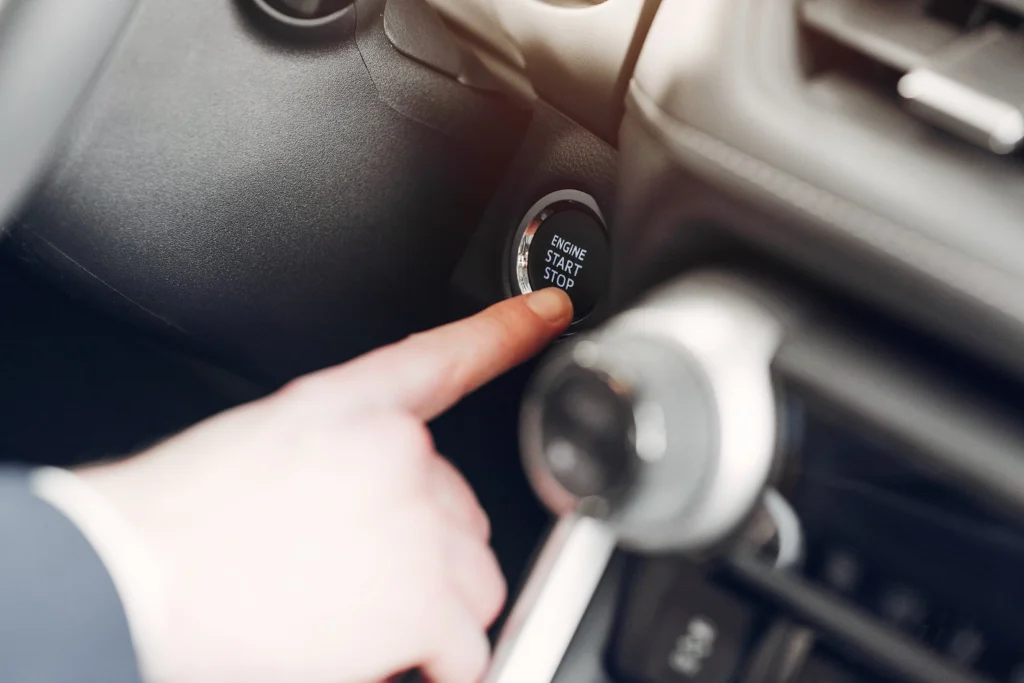
If successful, you’ll hear the lever click into neutral. Release the brake and push the car to the desired location.
This allows gear change using minimal electric power from the ignition circuit. Older automatic cars don’t have such fail-safe mechanisms and need alternate methods.
2. Find and Press Shift Lock Release Button
- Releasing the shift lock is necessary with most modern automatic transmissions *
How to Move an Automatic Car With Dead Battery? Gear shifters in automatic cars have an electronic shift lock that prevents accidental gear change when parked. It locks the shifting lever into Park unless the ignition is on and the brake pedal is pressed.
With the battery fully dead, this safety mechanism prevents taking it out of the park.
Fortunately, all automatic gearboxes have a manual override to bypass the shift lock when the battery dies or the vehicle loses power.
It is typically a button located under the plastic cover next to the shifter:
- Carefully pry off the trim panel around the shifter to access it
- May be labeled “Shift Lock Release” or similar
- Press and hold the button while moving the shifter
- Gear selector will now move to neutral position
This disengages the lock physically so you can push the car regardless of the ignition or brake pedal. Locating the exact position of the override button varies by car model.
3. Use a Portable Jump Starter If Available
- Temporary external battery power lets you shift automatic transmission *
While standalone lithium jump boxes are quite popular now, many owners still don’t carry one in their cars.
But if you happen to have a portable jump starter kit, you can use it to power up the vehicle’s electronics momentarily.
- Connect the jump starter’s positive and negative clips to the corresponding battery terminals
- Leave jump box switched off; it likely has some residual charge
- Turn the ignition key to the first position without starting the engine
- Press the brake pedal and shift the transmission to neutral
The purpose is not to jump-start the engine but to give enough power so the brake pedal and shift lock work temporarily. This lets you slide the shifter to neutral and then push the vehicle safely.
Of course, if the portable booster pack holds a decent charge, you may also start the engine and directly drive away!
4. Push Car in Neutral if Conditions Permit
- Always push automatic cars using driving wheels for better control *
How to Move an Automatic Car With Dead Battery? If you could manage to shift into neutral but not start the engine, the next viable option is to carefully push the car. This takes considerable human effort so only attempt if:
- Traffic and weather conditions are safe
- Ground is level without slope
- At least 2 able persons to steadily push
- Space to push the car out of the way
One person steers the car while the other stands behind to push from a safe distance. Use the vehicle’s chassis instead of the bumper for rigid support when pushing.
- Engage the handbrake and turn the wheels for control before pushing
- Use doorsills or rear pillar to transmit push force
- Gentle pushing avoids body damage
- Park using the handbrake once in a safe spot
Pushing an automatic transmission with the engine off risks wear damage internally. So keep the duration short and don’t exceed 5 mph speeds while moving it.
5. Call a Tow Truck or Roadside Assistance
- Professional towing services can safely transport automatic cars *
How to Move an Automatic Car With Dead Battery? Rather than struggle with ways to make the car move, directly calling for assistance is often wiser. This is especially true if:
- Vehicle stalled in flowing traffic
- No helper available to push the car
- Unable to shift gear with the methods above
- Not technically inclined or inexperienced
Car insurance providers offer basic roadside assistance for battery replacement, jump starts, towing, etc. Premium policies cover expenses of private towing up to a certain number of miles annually. Fortunately, most areas have affordable tow trucks on demand too.
Only reputable towing companies should be contracted to move automatic transmissions cars with flat batteries:
- They use flatbed carriers to safely haul vehicles. This avoids powertrain damage compared to tow bars.
- Equipment like wheel lift trucks can securely lift drive wheels
- Truck-mounted winches safely pull cars onto ramps
- Licensed tow truck drivers follow safety protocols
While more expensive than pushing yourself, professional towing offsets risks of personal injury or car damage. Most insurers allow you to choose a preferred towing provider too.
Special Considerations for Push Button Start Vehicles
- Modern automatics have electric gear shifters instead of mechanical levers *
How to Move an Automatic Car With Dead Battery? Several latest models now feature push button shift controls removing the shift lever altogether. Their state-of-the-art transmission won’t shift to neutral without battery power.
These auto-shift automatics electronically select Park, Reverse, Neutral, and Drive modes. So battery failure leaves them stranded in the park with no way to push the car.
If stranded with such push button start cars:
- The first line of assistance is your auto insurance roadside package
- Tow trucks with wheel lift equipment can transport it
- In lack of options, the car may have to be dragged on a tow dolly
- Try finding the internal shift lock release meant for emergencies
The digital shifter assembly should have a physical latch that can be accessed by removing trim panels. This is recommended only as a last resort if unable to receive external roadside help.
FAQs – How to Move an Automatic Car With Dead Battery?
Can you push an automatic transmission car with a dead battery?
Yes, it is possible to push automatic cars with some effort once shifted to neutral. Use override release to bypass shift lock if the battery lacks charge. Gently steer while helpers push from the rear at slow speeds under 5 mph. Never tow automatics as it risks transmission damage.
Is it difficult to move modern automatic cars with no battery?
Modern auto gearboxes have safety shift locks engaged when the ignition is off which prevents accidental rollaway. Locate the solenoid release button next to the console shifter to bypass when the battery is fully dead. Portable jump packs can also provide temporary power to shift the lever.
How do you put a dead keyless push-start car into neutral?
Keyless digital shifter models unfortunately cannot be put in neutral when the battery is fully dead. They are designed to electronically engage park mode as default when power fails. You’ll need professional towing using flatbeds or wheel lift trucks in such cases. Some models may have mechanical shift release too.
Can anyone push my automatic car or cause transmission problems?
While helpers can push in neutral safely over short distances under 5 mph, the lack of engine power risks wear to internal components. The pump doesn’t circulate vital transmission fluid without the engine running. So unless stuck in an emergency, call for professional roadside assistance for battery jump starts or towing.
Is jump-starting an automatic car any different from a manual transmission?
The actual battery boosting procedure is identical – connect positive to positive, negative to ground. Ensure secure cable contact before starting the engine. However, automatics risk more repair costs if towed incorrectly. So use tow dollies under wheels rather than tow bars. Professionals tow them on flatbeds to avoid component wear.
Conclusion – How to Move an Automatic Car With Dead Battery?
A dead battery can certainly immobilize automatic transmission cars when stranded on roads. But instead of panic, focus on getting it safely to the roadside through fail-safe shift lock overrides. In a lack of self-help options, call for professional roadside assistance for battery replacement, jump starts, or towing services. Proper methods can get your modern automatic moving again. Hopefully, now you better know How to Move an Automatic Car With Dead Battery.

